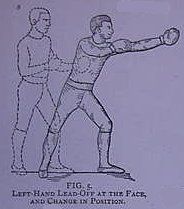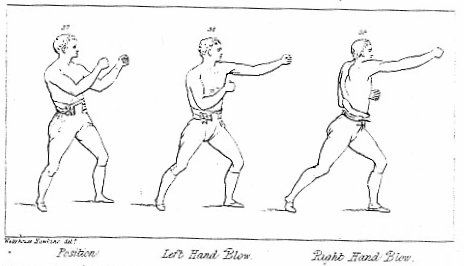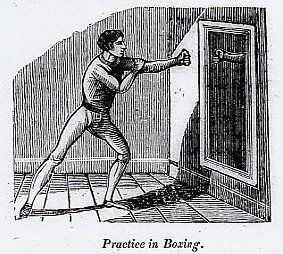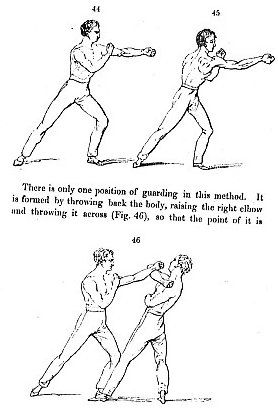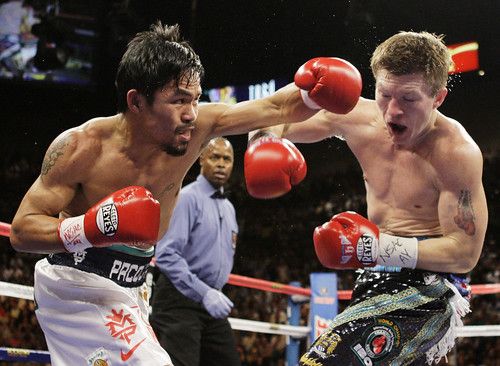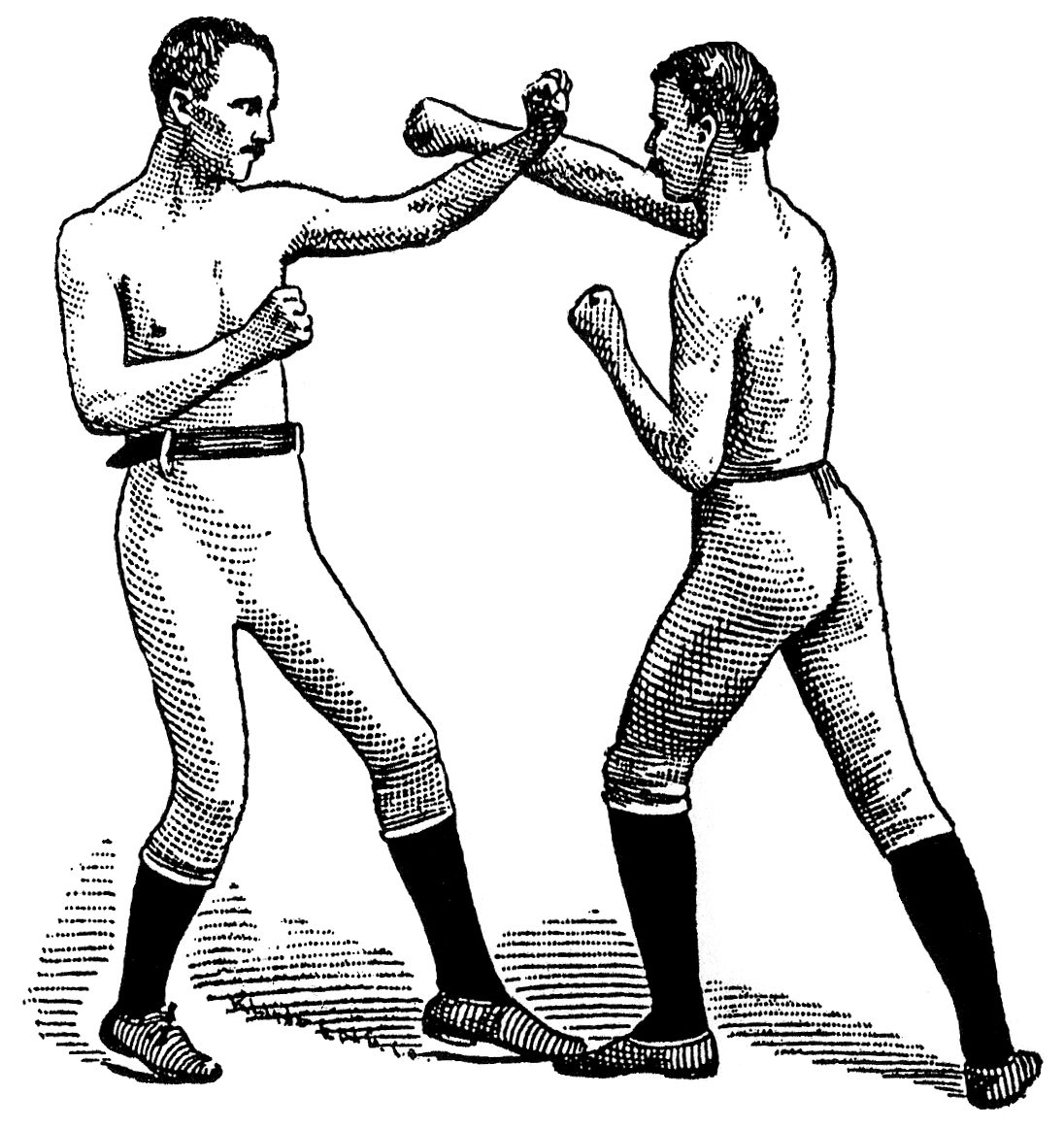Yes and no on your first point. Many modern punching techniques, and the targets, are different between today and then. Bare knuckle fighting used the "pistol grip" punch because biomechanically it reduces the chances of a "boxer's fracture." There were also a lot more in the way of body shots to further reduce this. This kind of punching would have been VERY rare if not unheard of (
@lklawson can correct me if I am wrong however.) because this became possible thanks to gloves.
As for TMAs The techniques haven't devolved, the problem lies in the training. In China, before they outlawed it in the early 20th century due to the number of deaths, there was the Lei Tai where one art fought against other arts. This way you were exposed to different methods of fighting. Over time, while participating in such challenges little would be "new". This also existed in the Hong Kong "roof top" culture.
This lack of exposure to other styles to minimize running into something that is subjectively "new" to the practitioner is what went away. Then you have adaptions of techniques, such as adapting the "falling punch" from a "ready position" to "bursting" at your opponent from whatever position you happen to be in that creates more "new" that is, again, not being tested against due to the contemporary training methods.

